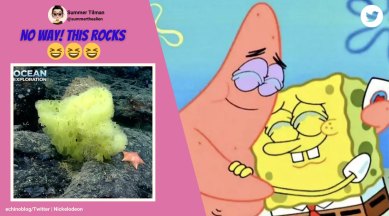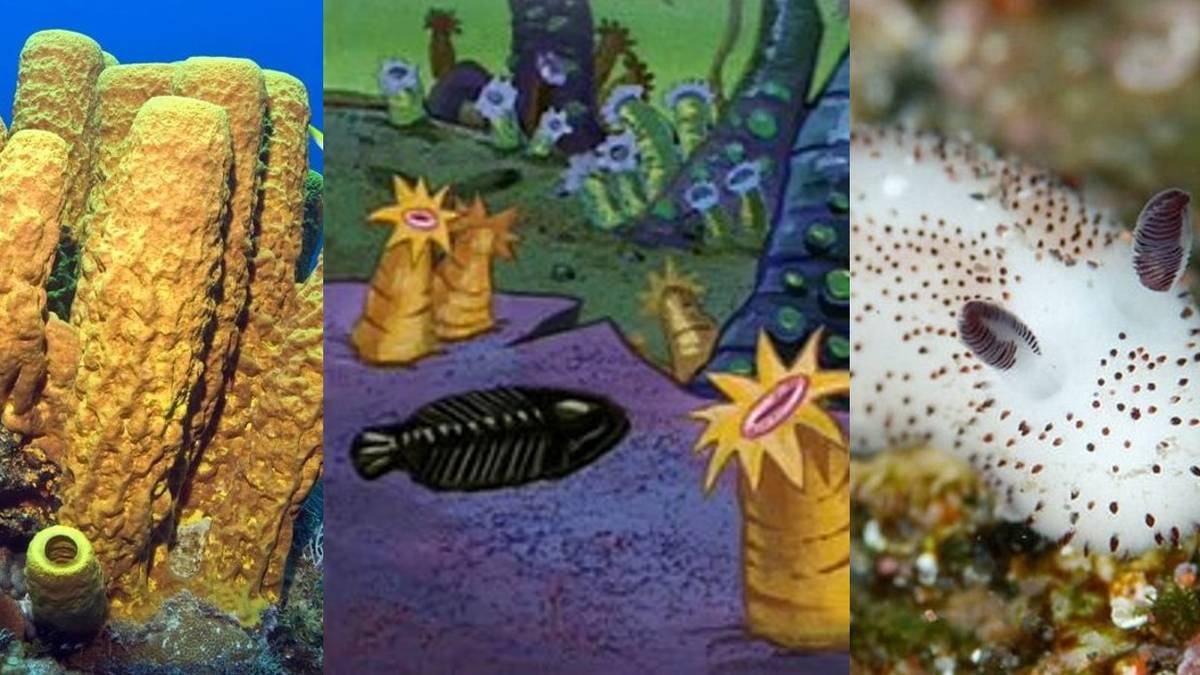SpongeBob Origins Trace Back to Marine Biology and a Real Pacific Island
SpongeBob may be one of the most beloved animated characters in television history, but few fans know the remarkable story behind his creation. Long before the show became a cultural phenomenon, its creator Stephen Hillenburg was a marine biology teacher with a deep passion for ocean life. His transition from science to storytelling shaped the unique world of SpongeBob SquarePants, blending educational insights with imaginative humor that captivated audiences worldwide.
Hillenburg’s journey into animation began when he decided to combine his love for the ocean with his artistic talent. Drawing on his years of experience studying marine ecosystems, he developed characters inspired by real sea creatures, giving them distinct personalities and quirks that reflected their natural behaviors. This scientific foundation gave SpongeBob SquarePants a depth that set it apart from many other cartoons of its time, appealing not only to children but also to adults who appreciated its clever references and layered storytelling.
SpongeBob and the Real-Life Inspiration Behind Bikini Bottom
One of the most fascinating aspects of the show is the setting itself. SpongeBob and his friends live in Bikini Bottom, a vibrant undersea city filled with unusual characters and even stranger adventures. But the name isn’t just a whimsical invention it’s inspired by a real location: Bikini Atoll, a remote coral reef in the Pacific Ocean.

Bikini Atoll became infamous in the mid-20th century as the site of U.S. nuclear testing, where dozens of atomic bombs were detonated between 1946 and 1958. The explosions left behind long-lasting radiation and altered the local marine environment. While Hillenburg never confirmed a direct connection between the nuclear tests and the show’s concept, fans have long speculated that the bizarre personalities of SpongeBob, Patrick, Squidward, and others may subtly reference the effects of radiation on sea life. This theory adds an unexpected layer of depth to the show’s setting, suggesting that its playful absurdity may be rooted in real-world history.
SpongeBob’s Lasting Cultural Legacy and Educational Roots
What makes SpongeBob unique is how it balances lighthearted entertainment with deeper undertones. At its core, the series celebrates curiosity, friendship, and perseverance — qualities often seen in the natural world Hillenburg studied. SpongeBob’s relentless optimism, Patrick’s carefree nature, and even Plankton’s endless ambition all mirror aspects of real marine life and survival.

Hillenburg also used the show as an opportunity to subtly educate audiences about ocean ecology. Through humorous episodes and memorable adventures, viewers learned about underwater habitats, the diversity of sea creatures, and the importance of environmental balance even if they didn’t realize it. This subtle infusion of science into storytelling helped SpongeBob SquarePants become more than just a cartoon; it became a tool for sparking interest in marine biology and conservation among younger generations. Also Read: BJP Veteran VK Malhotra Passes Away At The Age Of 94: Powerful Legacy of a Visionary Leader
SpongeBob Continues to Shape Pop Culture and Inspire New Generations
Decades after its debut, SpongeBob remains a cultural icon with a legacy that extends far beyond television. The show has spawned movies, stage musicals, merchandise, memes, and even academic discussions about its social and scientific themes. Its blend of humor, heart, and hidden depth has allowed it to remain relevant across generations, appealing to both nostalgic adults and curious new viewers.
View this post on Instagram
The enduring popularity of SpongeBob SquarePants is a testament to Stephen Hillenburg’s vision a vision born not from a corporate studio, but from a deep personal connection to the ocean and a passion for teaching. Even after Hillenburg’s passing in 2018, the spirit of curiosity and creativity he infused into the series continues to thrive, reminding audiences that knowledge and imagination can create something truly timeless.
Conclusion
SpongeBob is more than just an animated sponge living in a pineapple under the sea it’s the product of one man’s love for the ocean, science, and storytelling. Stephen Hillenburg’s background in marine biology shaped every detail of the show, from its characters to its setting. And with its roots tied to real-world history like Bikini Atoll, SpongeBob SquarePants stands as a unique blend of education and entertainment that continues to inspire, inform, and entertain audiences around the globe.


